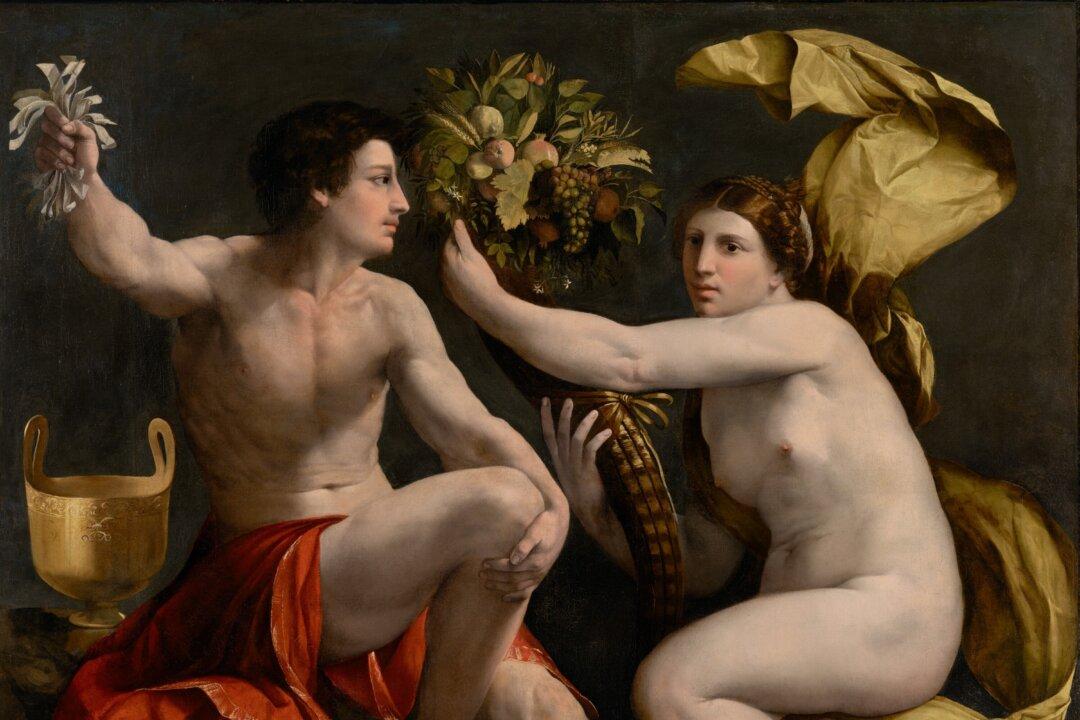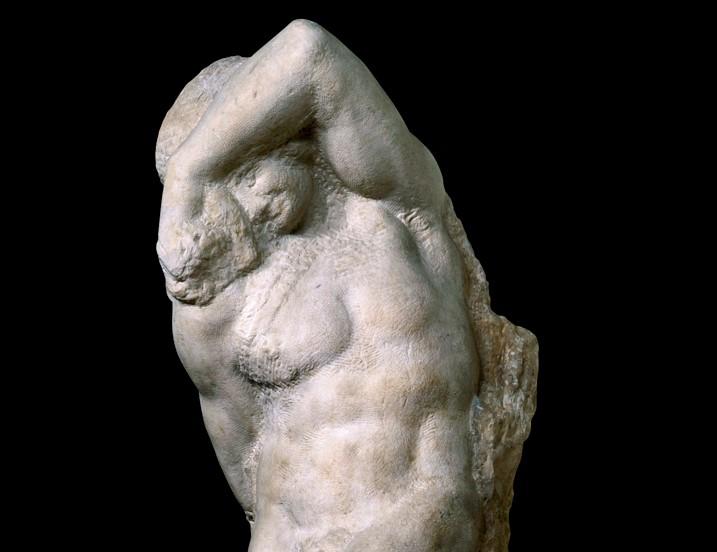My family is very important to me. I really don’t know where I’d be without their constant love and care. My grandparents, uncles, and aunts all had a significant impact on my life, making sure I understood that I could become anything I wanted to be if I was willing to put in the effort.
For me, Henry Ossawa Tanner’s painting “The Banjo Lesson” reminds me of the affection and encouragement I received from my family. Tanner used the depiction of love within the black family as a way of mending the harsh reality of 19th-century race relations. Instead of propagating a divisive ideology of revolution and destruction, he decided to use his art to show how we human beings, irrespective of our differences, are all capable of love.





